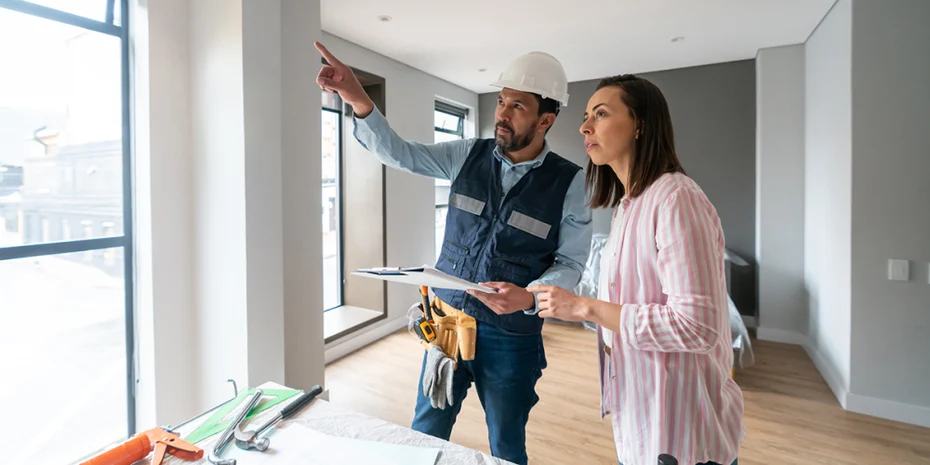Embrace Real Estate Opportunities That Promise Prosperity and Fulfillment
In today’s fast-changing world, real estate continues to be one of the most reliable paths to financial growth and personal satisfaction. Whether you are looking to secure long-term wealth, create a stable income source, or build assets that appreciate over time, real estate offers opportunities that promise both prosperity and fulfillment. Investing in the right property is not just about buying land or buildings it is about creating a future that aligns with your goals. With the right approach and understanding, anyone can unlock the potential of real estate and enjoy lasting success.
- Why Real Estate Is a Smart Investment
Real estate remains a powerful way to grow wealth because it combines financial security with tangible value. Unlike other investments, property ownership gives you control and flexibility. Growing families find the environment at 屯門龍門居 ideal for education, recreation, and peaceful suburban living.
Key Advantages:
- Appreciation: Property values generally rise over time, increasing your asset worth.
- Regular Income: Rental properties can provide consistent monthly earnings.
- Tax Benefits: Investors often enjoy deductions and incentives.
- Security: Real estate is a physical asset that rarely loses all its value.
Simply put, real estate allows your money to work for you while offering peace of mind and future stability.
- Exploring Different Real Estate Opportunities
Not all properties serve the same purpose. Understanding your goals helps you choose the best path to prosperity.
Main Options Include:
- Residential Properties: Ideal for long-term rental income and value appreciation.
- Commercial Spaces: Great for high returns through office or retail leases.
- Land Investments: Offer flexibility for future development or resale.
- Vacation Homes: Combine personal use with seasonal rental potential.
Each option comes with unique benefits, so align your choice with your financial plans and lifestyle needs.
- How to Identify the Right Opportunity
Success in real estate depends on smart decision-making. Focus on research, timing, and market trends before making any move.
Follow These Simple Steps:
- Study the local market and future development plans.
- Choose locations with strong demand and good infrastructure.
- Evaluate property condition and renovation costs.
- Set a realistic budget and secure proper financing.
- Always plan for long-term returns rather than quick profits.
By following these steps, you can reduce risks and maximize your investment potential.
- Building Prosperity and Fulfillment Through Real Estate
True prosperity is not just about wealth it is about creating stability and satisfaction. Real estate offers both by helping you:
- Build financial independence through passive income.
- Gain personal fulfillment from owning valuable assets.
- Create a legacy for future generations.
- Enjoy the freedom to grow your investments at your own pace.
When managed wisely, real estate becomes more than an investment it becomes a lifelong foundation for growth and contentment.
Embracing real estate opportunities means embracing a journey toward prosperity and fulfillment. With clear goals, proper research, and smart choices, anyone can turn real estate into a source of lasting wealth and happiness. The key is to act with confidence, stay informed, and invest in properties that align with your dreams. Real estate is not just about owning property it is about owning your future.






 These are a portion of the numerous instances of how agents attempt to get your business, yet you should not worry about them. You ought to effectively search out a Realtor. Basically, the best agents are normally the ones who do not have to invest energy cold pitching or entryway thumping to get their business. Business comes to them through references from past clients who are happy with their incredible skill, genuineness, and results. Step up to the plate and offer yourself the most obvious opportunity to win: select your agent cautiously. We should pause for a minute to explain this issue about star agents and how they continue on ahead.
These are a portion of the numerous instances of how agents attempt to get your business, yet you should not worry about them. You ought to effectively search out a Realtor. Basically, the best agents are normally the ones who do not have to invest energy cold pitching or entryway thumping to get their business. Business comes to them through references from past clients who are happy with their incredible skill, genuineness, and results. Step up to the plate and offer yourself the most obvious opportunity to win: select your agent cautiously. We should pause for a minute to explain this issue about star agents and how they continue on ahead.